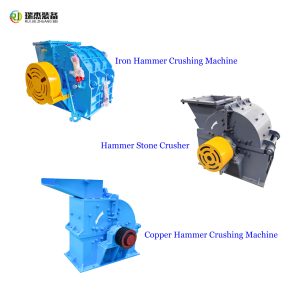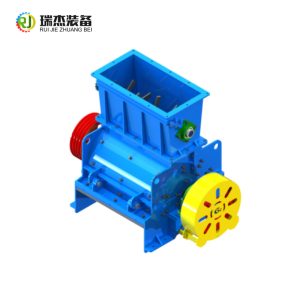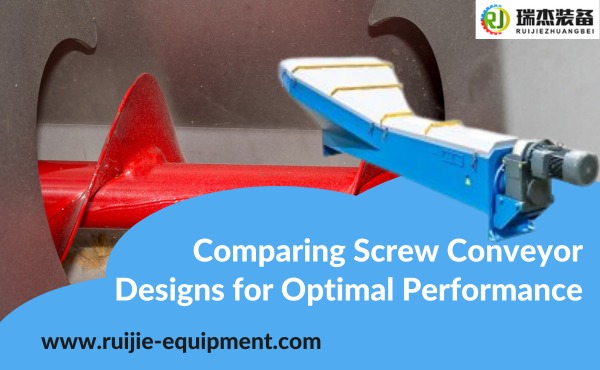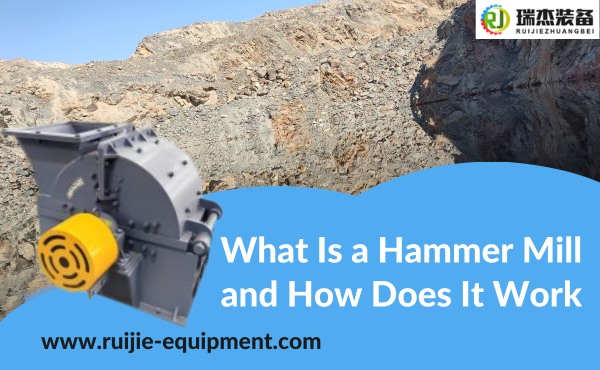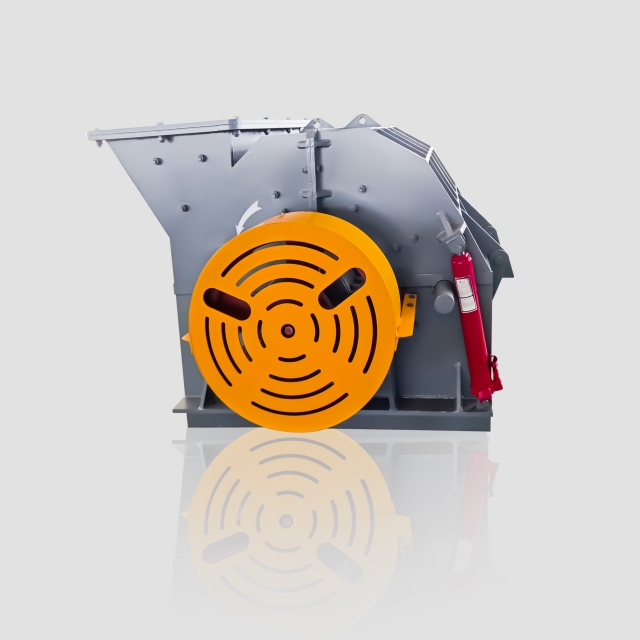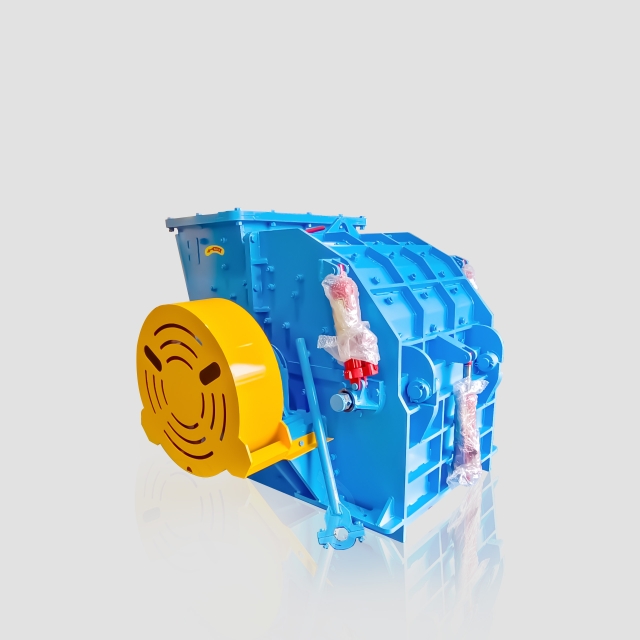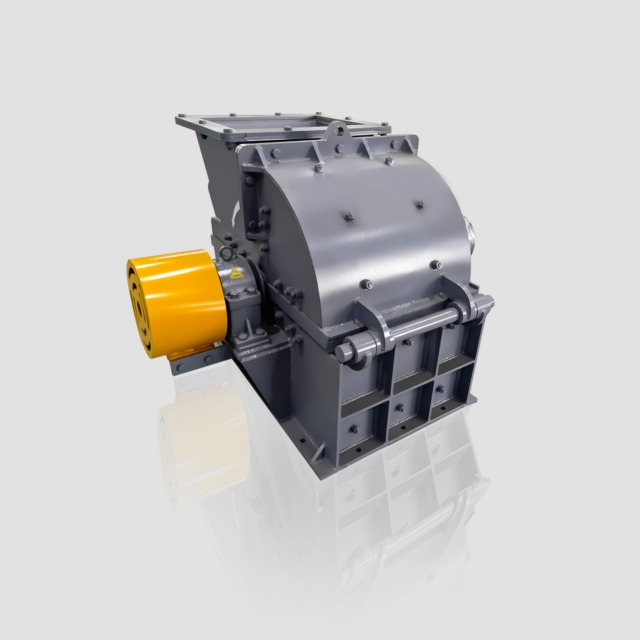A hammer mill is a versatile machine designed for crushing, grinding, and pulverizing various materials. It uses rapidly rotating hammers to break down substances into smaller, uniform pieces. This equipment plays a vital role in industries like agriculture, recycling, and manufacturing. Its ability to process materials efficiently makes it an essential tool for modern production systems.
How Does a Hammer Mill Work?
Key Components of a Hammer Mill
A hammer mill consists of several essential parts that work together to achieve efficient crushing and grinding. The primary component is the rotor, which rotates at high speed. Attached to the rotor is a series of hammers that strike the material being processed.
These hammers are typically made of durable materials to withstand repeated impacts. Surrounding the rotor is a perforated screen that determines the final particle size by allowing only appropriately sized materials to pass through.
Other key components include the feed hopper, which introduces materials into the machine, and the discharge chute, where processed materials exit.
The Operational Process
The hammer mill operates by using mechanical force to break down materials. The process begins when raw materials enter the feed hopper. The rotor spins rapidly, causing the series of hammers to strike the materials repeatedly.
This action reduces the materials into smaller particles. The perforated screen ensures that only particles of the desired size exit the machine. Larger particles remain inside for further crushing. This continuous cycle allows the hammer mill to produce uniform results efficiently.
Factors That Influence Performance
Several factors affect the performance of a hammer mill. The type of material being processed plays a significant role, as harder materials may require more energy to crush. The size and design of the hammers also impact efficiency, with larger hammers delivering more force.
Additionally, the speed of the rotor and the size of the perforated screen influence the final particle size. Proper maintenance of the hammer mill ensures consistent performance and extends its lifespan.
Types of Hammer Mills
Hammer mills come in various designs to meet the diverse needs of industries and applications. Understanding the different types of hammer mills helps users select the right machine for their specific requirements.
Industrial Hammer Mills
Industrial hammer mills are designed for large-scale operations. These machines handle high volumes of material and are commonly used in industries such as manufacturing, mining, and agriculture. Their robust construction allows them to process tough materials like rocks, metals, and grains.
Equipped with powerful motors and heavy-duty hammers, industrial hammer mills deliver consistent performance. They often feature advanced systems for dust control and noise reduction, making them suitable for demanding environments.
Small-Scale Hammer Mills
Small-scale hammer mills cater to individuals or businesses with lower production needs. These compact machines are ideal for processing smaller quantities of materials, such as grains for animal feed or biomass for fuel.
Their lightweight design makes them portable and easy to operate. Small-scale hammer mills are cost-effective solutions for farmers, small businesses, and hobbyists. Despite their size, they maintain the efficiency and reliability of larger models.
Specialized Hammer Mills
Specialized hammer mills are tailored for specific applications. Pneumatic discharge hammer mills use air pressure to move processed materials, making them suitable for fine grinding. Gravity discharge hammer mills rely on gravity to release materials, offering simplicity and efficiency.
Full circle screen hammer mills feature a 360-degree screen design, maximizing throughput and ensuring uniform particle size. These specialized designs enhance the versatility of hammer mills, allowing them to meet unique processing needs.
Applications of Hammer Mills
Materials Processed by Hammer Mills
Hammer mills handle a wide range of materials, making them versatile size reduction equipment. They process grains like corn, wheat, and barley into fine particles for animal feed. In recycling, hammer mills break down materials such as wood, plastic, and metal scraps.
These machines also crush minerals, rocks, and ores for mining and construction purposes. By reducing materials into smaller sizes, hammer mills ensure efficient processing and uniform results.
Industries That Use Hammer Mills
Hammer mills play a crucial role in several industries. In agriculture, they grind grains and other crops to produce feed for livestock. The recycling industry uses hammer mills to crush and shred materials, preparing them for reuse.
Food production facilities rely on hammer mills for material size reduction, ensuring consistency in products like flour and spices. Additionally, the pharmaceutical and chemical industries use hammer mills to process powders and granules.
Common Use Cases
Understanding what are hammer mills used for highlights their importance in daily operations. In agriculture, hammer mills grind grains to reduce them in size for animal feed. Recycling facilities use hammer mills to break down materials like wood and plastic, making them easier to repurpose.
Food production facilities rely on hammer mills to achieve uniform particle sizes in products like sugar and spices. These machines also serve as essential crushing tools in mining and construction, processing rocks and minerals efficiently.
Advantages of Using a Hammer Mill
Efficiency and Productivity
A hammer mill delivers exceptional efficiency by rapidly processing materials into smaller sizes. The high-speed rotation of the rotor and the repeated impact of the hammers ensure quick and effective crushing.
This mechanism minimizes downtime and maximizes throughput, making it ideal for industries requiring consistent material processing. The perforated screen further enhances productivity by allowing only particles of the desired size to pass through, ensuring precise size reduction.
Versatility Across Applications
A hammer mill is a versatile piece of equipment capable of handling a wide range of materials. From grains and biomass to metal scraps and minerals, it adapts to diverse processing needs. Specialized designs, such as pneumatic discharge or gravity discharge hammer mills, expand its functionality for specific tasks.
This adaptability makes it suitable for industries like agriculture, recycling, and food production. Whether crushing grains for animal feed or breaking down wood for recycling, the hammer mill proves its versatility across applications.
Cost-Effectiveness and Durability
Hammer mills offer a cost-effective solution for material processing. Their simple design and robust construction reduce maintenance costs and ensure long-term durability. The use of high-quality materials in the hammers and rotor enhances their resistance to wear and tear.
Additionally, the ability to process large volumes of material efficiently lowers operational costs. For businesses seeking reliable and affordable equipment, the hammermill stands out as a practical choice.
Conclusion
A hammer mill is an essential tool for crushing and grinding materials efficiently. Its design and functionality make it suitable for various industries, from agriculture to recycling. The versatility of a hammer mill allows it to handle diverse materials while delivering consistent results. Businesses seeking cost-effective and durable equipment should consider a hammer mill for their processing needs.


